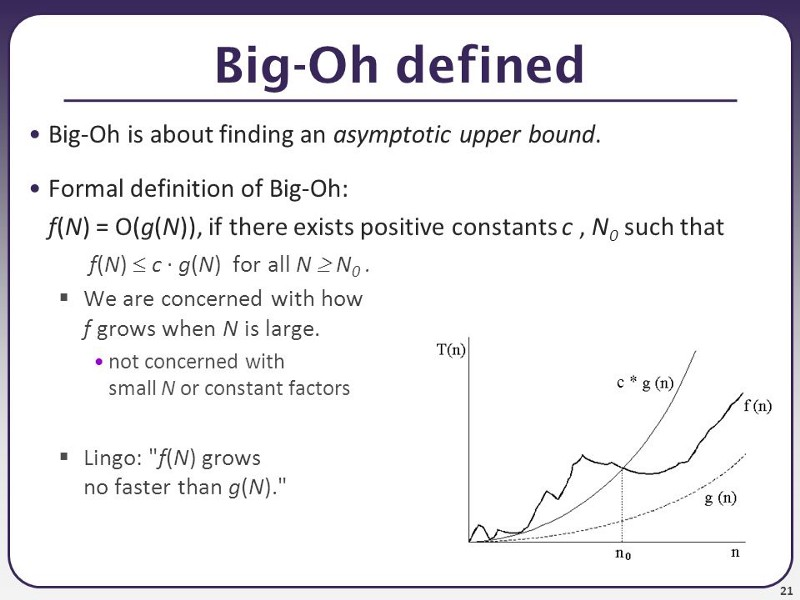I can’t decide whether this sentence is a joke or not. It has the same tone that triggers my PTSD from my CS degree classes and I also do recognize some of the terms, but it also sounds like it’s just throwing random science terms around as if you asked a LLM to talk about math.
I love it.
Also, it’s apparently also real and correct.





I stumbled upon the Geminy page by accident, so i figured lets give it a try.
I asked him in czech if he can also generate pictures. He said sure, and gave me examples about what to ask him.
So I asked him, again in czech, to generate a cat drinking a beer at a party.
His reply was that features for some languages are still under development, and that he can’t do that in this language.
So I asked him in english.
Ok, so I asked if he can find me the picture on the web, then.
Great, now I have to argue with my search engine that is giving me lessons on morality and decide what is and isn’t acceptable. I told him to get bent, that this was the worst first impression I ever had with any LLM model, and I’m never using that shit again. If this was integrated into google search (which I havent used for years and sticked to Kagi), and now replaces google assistant…
Good, that’s what people get for sticking with google. It brings me joy to see Google dig it’s own grave with such success.